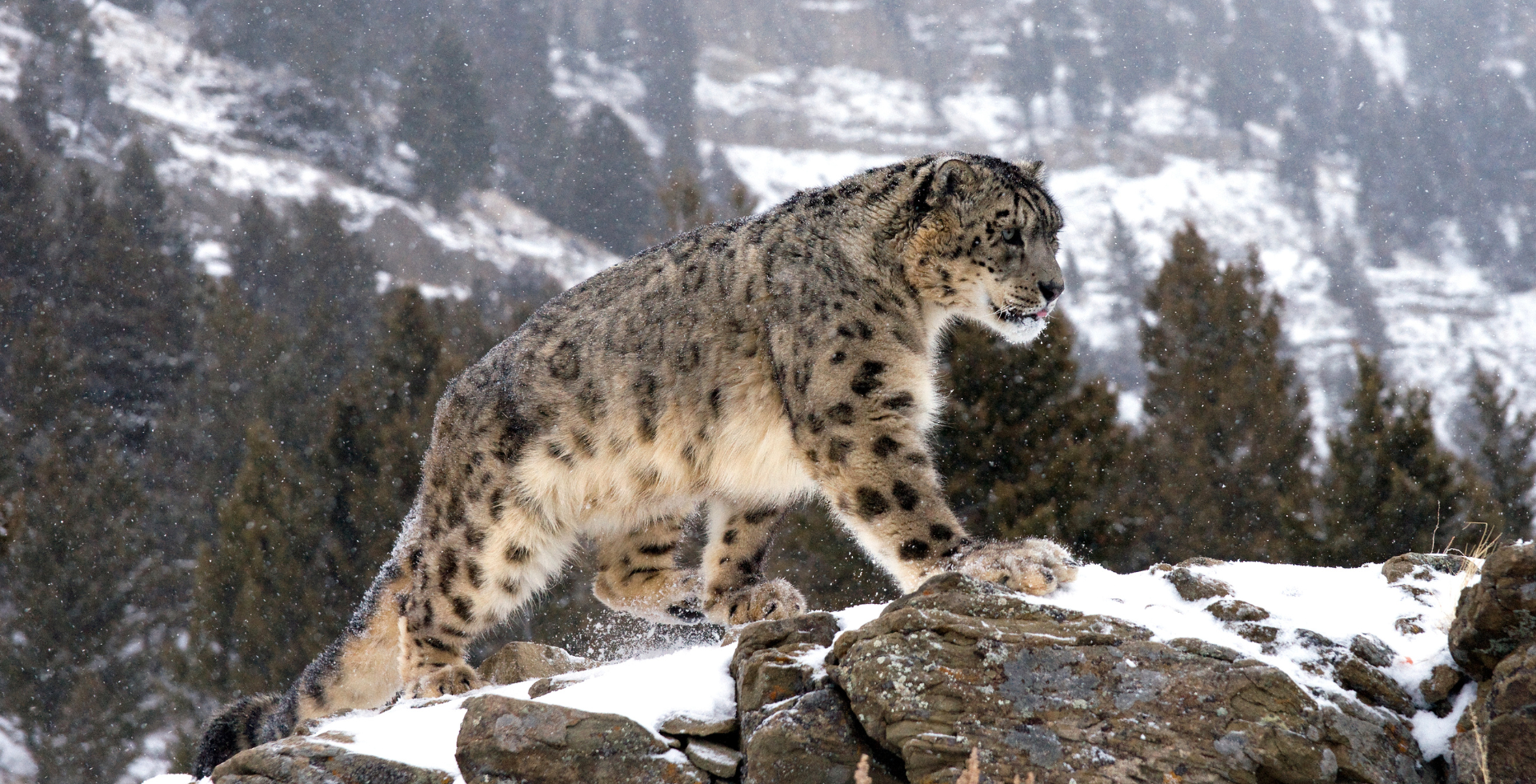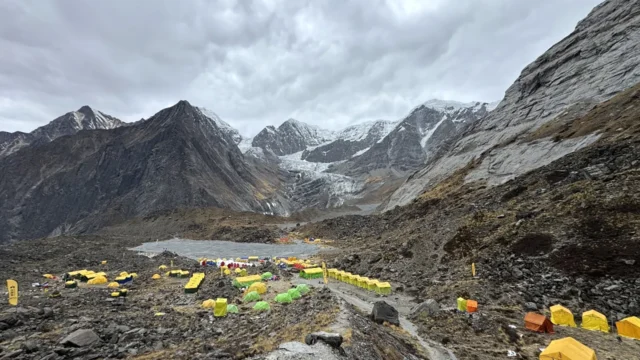Snow leopards, one of the most elusive and endangered big cats in the world, are estimated to number between 331 and 476 in Nepal. In a significant update on wildlife conservation, the Department of National Parks and Wildlife Conservation (DNPWC) of Nepal released the National Snow Leopard Survey Report 2025 on Sunday, revealing that the estimated population of snow leopards in the country ranges between 331 and 476 individuals.
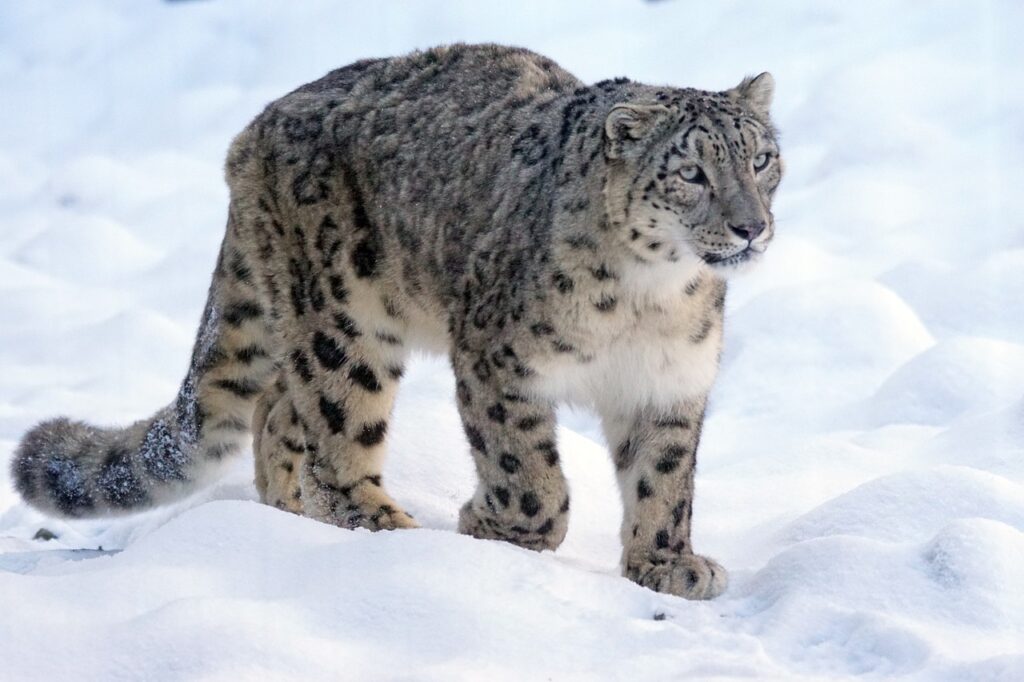
The comprehensive survey, conducted across seven major snow leopard habitats and their surrounding regions, marks a vital step in understanding and preserving one of the most elusive and endangered big cats in the Himalayas. According to the report, the snow leopard population was assessed through advanced methodologies, including camera trapping, genetic analysis, and habitat modeling, covering vast stretches of remote and rugged Himalayan landscapes.
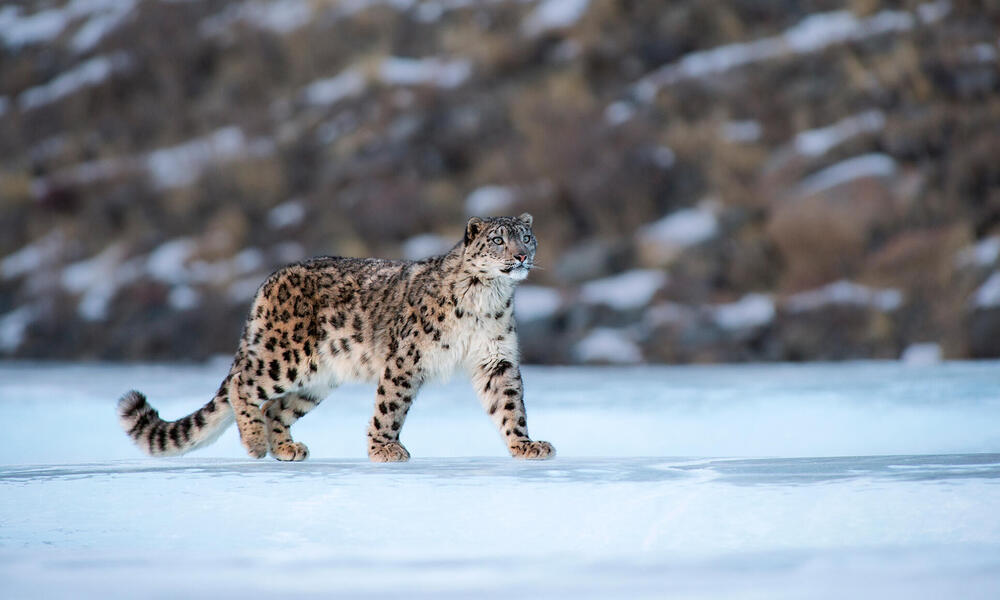
The survey mapped populations in key protected areas: Kanchanjunga Conservation Area recorded 8 individuals, Gaurishankar Conservation Area also reported 8 snow leopards, and the Manaslu-Annapurna region, which includes parts of the Annapurna Conservation Area and Manaslu Conservation Area, accounted for 34 individuals. The East Dolpa region showed 24 snow leopards, while the Shey-Phoksundo National Park, one of the most important habitats for this species, recorded the highest number with 62 individuals. In the northwestern district of Humla, 16 snow leopards were reported.
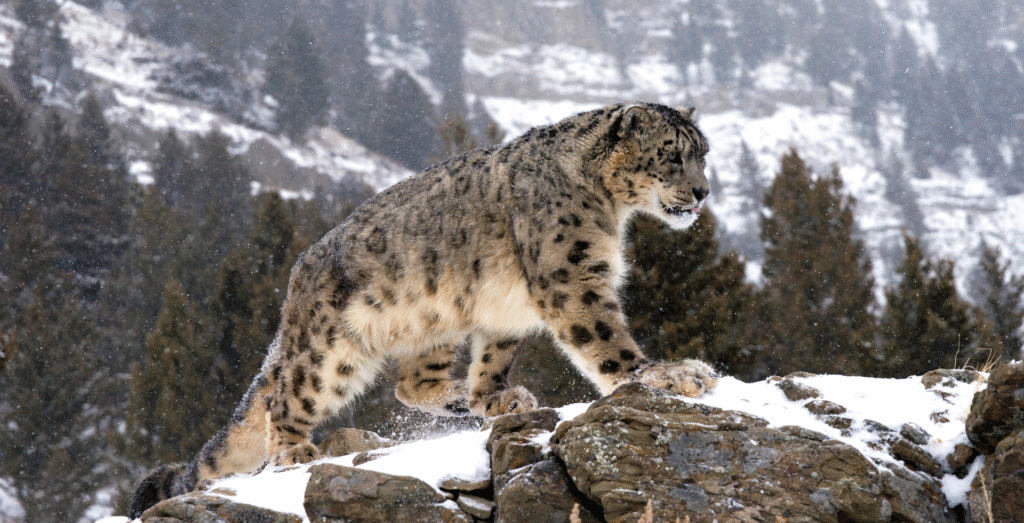
This nationwide survey not only provides the most up-to-date data on the snow leopard population in Nepal but also highlights the importance of sustained conservation efforts, community-based protection programs, and cross-border cooperation to safeguard this iconic species. With the challenges of climate change, habitat fragmentation, and human-wildlife conflict on the rise, the report serves as a timely reminder of the urgent need to strengthen conservation policies and scientific monitoring to ensure the long-term survival of snow leopards in the Himalayas.
